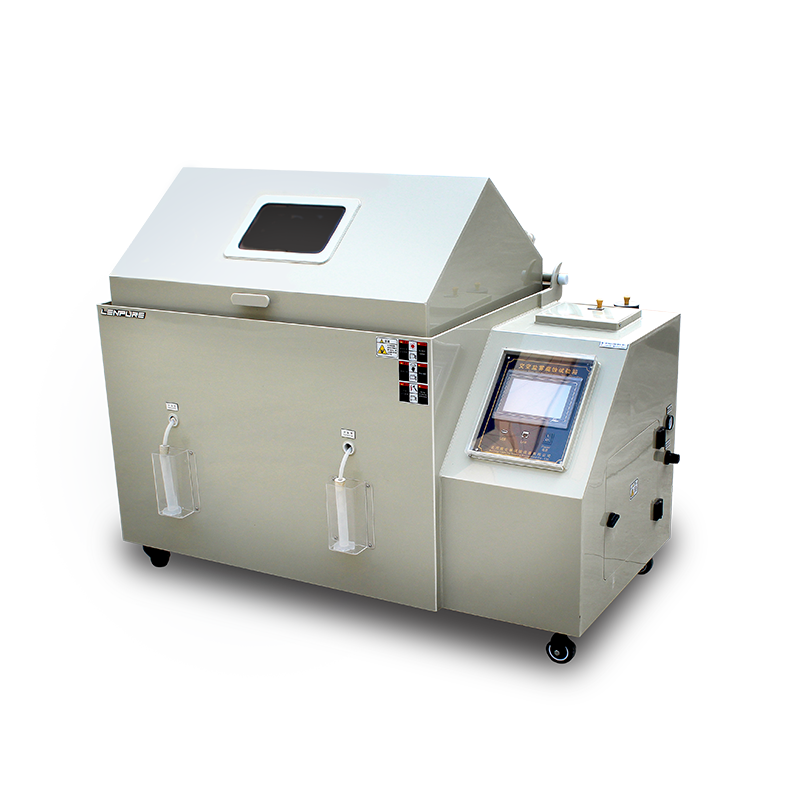

Salt spray test chambers evaluate the corrosion resistance of samples by exposing them to a corrosive salt mist, allowing comparison with other products. These tests can be categorized into three types:
Neutral Salt Spray (NSS) Test
Copper-Accelerated Acetic Acid Salt Spray (CASS) Test
Acidified Salt Spray (AASS) Test
The test process involves atomizing a corrosive solution into a fine mist and spraying it uniformly onto samples. After repeated cycles, corrosion begins to appear, and the time taken for corrosion to occur is recorded—shorter times indicate poorer corrosion resistance. However, several factors can introduce errors in test results.

Main Causes of Errors in Salt Spray Testing
1. Unstable Test Samples
If samples degrade or change properties during prolonged testing, even a high-performance chamber cannot provide accurate data.
2. Environmental or Human-Induced Errors
Deviations from preset conditions (temperature, humidity, airflow) can distort results.
External factors like power fluctuations, electromagnetic interference, or ambient temperature changes may alter the test environment.
3. Equipment-Related Issues
Aging components (nozzles, heaters, sensors) or mechanical wear can affect spray consistency and chamber performance.
Faulty auxiliary devices (pH meters, air compressors) may introduce measurement inaccuracies.
4. Improper Operation
Incorrect parameter settings (spray volume, temperature, test duration).
Approximate calculations instead of precise measurements lead to unreliable data.
5. Limitations of Salt Spray Testing
Results from identical metal samples cannot predict long-term corrosion resistance in real-world conditions.
However, compared to traditional methods, salt spray chambers provide more controlled and repeatable corrosion data in simulated salt-polluted environments.
Conclusion
To minimize errors, ensure:
✅ Stable sample preparation
✅ Strict environmental control
✅ Regular equipment maintenance
✅ Proper operator training
By addressing these factors, test accuracy and repeatability can be significantly improved.